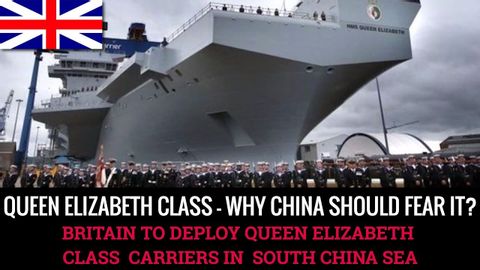
字幕與單字
伊利莎白女王級--將在中國南方海域部署。 (QUEEN ELIZABETH CLASS- TO BE DEPLOYED IN SOUTH CHINA SEA)
00
williamhethacker 發佈於 2021 年 01 月 14 日收藏
影片單字
strike
US /straɪk/
・
UK /straɪk/
- v.t.打;擊;攻擊;刪除
- n. (c./u.)打擊;攻擊;(棒球) 好球;罷工;全倒;攻擊
- v.i.致富;突然想出,猛然想起
A2 初級多益初級英檢
更多 使用能量
解鎖所有單字
解鎖發音、解釋及篩選功能
